Welcome, savvy readers, to a journey towards financial freedom. In this blog post, we’ll be exploring some practical and easy-to-implement tips on how to make cuts in your spending.
Table of contents:
- Easy to Implement Tips
- Start Tracking your Spending Habits
- Get on a Budget
- Cancel Unnecessary and Unused Subscription
- Reduce Electricity Use
- Lower your Housing Expense
- Use Cash Only
- Pay-off your Outstanding Debts
- Easy-to-use Budgeting Applications
- Organization that Contribute to the Idea of Sustainability
- Conclusion
So, buckle up, and let’s dive into the world of frugal living!
1. Start Tracking Your Spending Habits
Imagine embarking on a road trip without a map. Scary, right? Similarly, managing your finances without tracking your spending is like driving blindfolded. To get started, create a simple spreadsheet or use a budgeting app to log every penny you spend. This helps identify patterns and areas where you can cut back.
Here are some budgeting applications that assist in managing expenses and evaluating areas where adjustments to spending habits may be necessary.
YNAB (You Need A Budget):

YNAB is a budgeting app designed to empower users in taking control of their finances. It employs a proactive approach, encouraging users to assign every dollar a job, fostering mindful spending, and helping individuals prioritize financial goals. YNAB’s user-friendly interface and educational resources make it a valuable tool for cultivating effective budgeting habits.
Monefy:
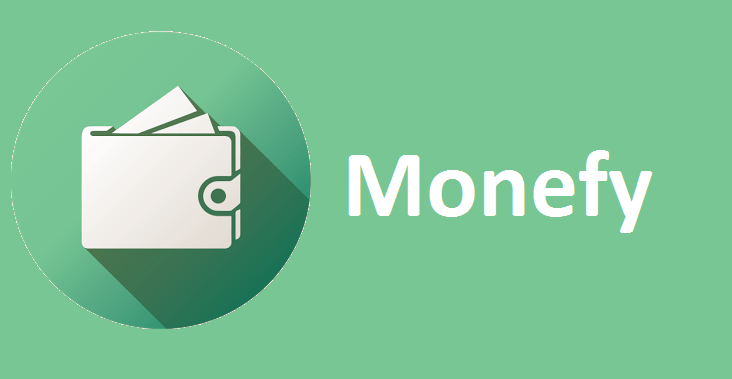
Monefy is a user-friendly expense tracker that simplifies financial management. With a straightforward interface, it allows users to log expenses quickly and categorize spending. Monefy’s visual representations and budgeting features provide insights into spending patterns, aiding users in making informed decisions about their finances.
Money Lover:

Money Lover is a comprehensive financial management app offering expense tracking, budgeting, and financial planning features. Its intuitive interface allows users to monitor transactions, categorize spending, set budgets, and visualize financial trends. With additional functionalities like bill reminders and goal setting, Money Lover aims to provide a holistic solution for effective money management.
EasyBudget:

EasyBudget is a user-friendly budgeting application designed for simplicity and effectiveness. It streamlines the budgeting process, allowing users to easily track income, expenses, and savings goals. With a straightforward interface and customizable categories, EasyBudget empowers users to gain a clear understanding of their financial situation and make informed decisions to achieve their financial objectives.
Spendee:

Spendee is a comprehensive expense tracking and budgeting app that simplifies financial management. It offers features such as customizable budget categories, insightful visualizations, and the ability to link bank accounts for automatic transaction syncing. Spendee’s user-friendly interface and expense analysis tools make it a valuable companion for those seeking to monitor and control their spending habits effectively.
Goodbudget:

Goodbudget is a budgeting app that operates on the envelope budgeting system. It enables users to allocate funds to virtual envelopes for different spending categories. With real-time expense tracking and syncing across multiple devices, Goodbudget promotes financial awareness and discipline. The app’s simplicity and focus on cash flow management make it a practical choice for users aiming to control their spending and build healthy financial habits.
PocketGuard:

PocketGuard is a dynamic financial app designed for tracking expenses, budgeting, and optimizing financial health. It connects to your bank accounts, credit cards, and other financial institutions to provide a comprehensive overview of your finances. Through intuitive categorization, insightful analytics, and personalized budget goals, PocketGuard helps users make informed decisions about their spending and saving. With features like bill tracking and a user-friendly interface, PocketGuard aims to simplify financial management and empower users to achieve their financial goals.
Tracky:

Tracky is a simple and fast app for managing budgets, tracking expenses, and saving money. Allocate expenses to envelopes, track monthly or one-time budgets, and enjoy savings without linking your bank account. Quick, private, and secure. Manage your finances effortlessly, identify savings opportunities, and optimize your budget.
Money Manager:
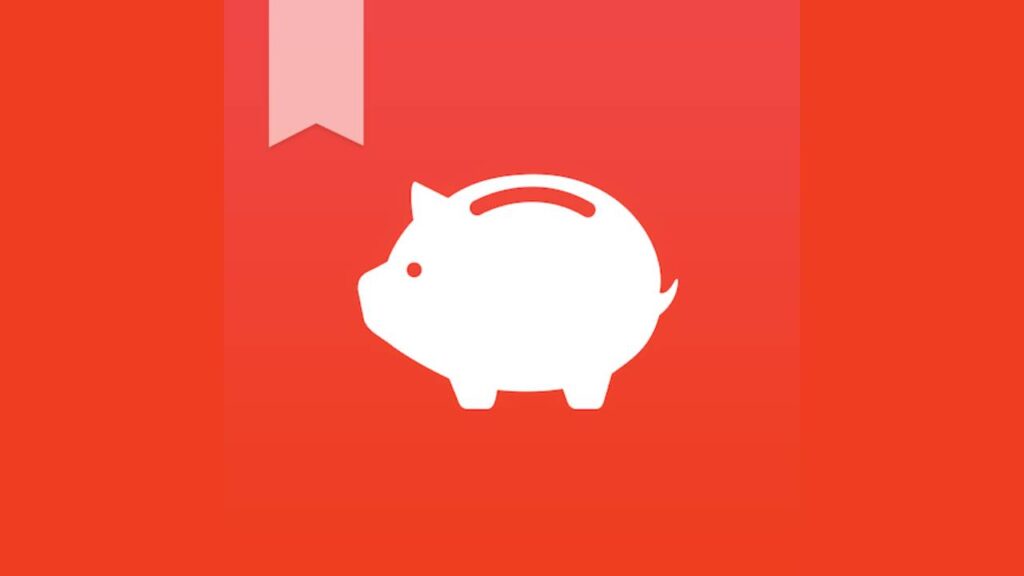
Money Manager Next simplifies personal account management. Easily enter data, view spending trends, and access statistics. Customizable features for budget planning, credit/debit card management, and passcode protection. PC manager, backup/restore options, and multi-currency support available.
Example: Mary discovered she was spending $100 a month on impromptu coffee runs. By cutting back to twice a week, she saved $60 a month. If you pay for everything with a debit or credit card, check your statements. If you do use cash, be sure to get receipts.
2. Get on a Budget
Budgeting is the superhero of financial management. It gives you a clear picture of your income and expenses, ensuring you’re not overspending.
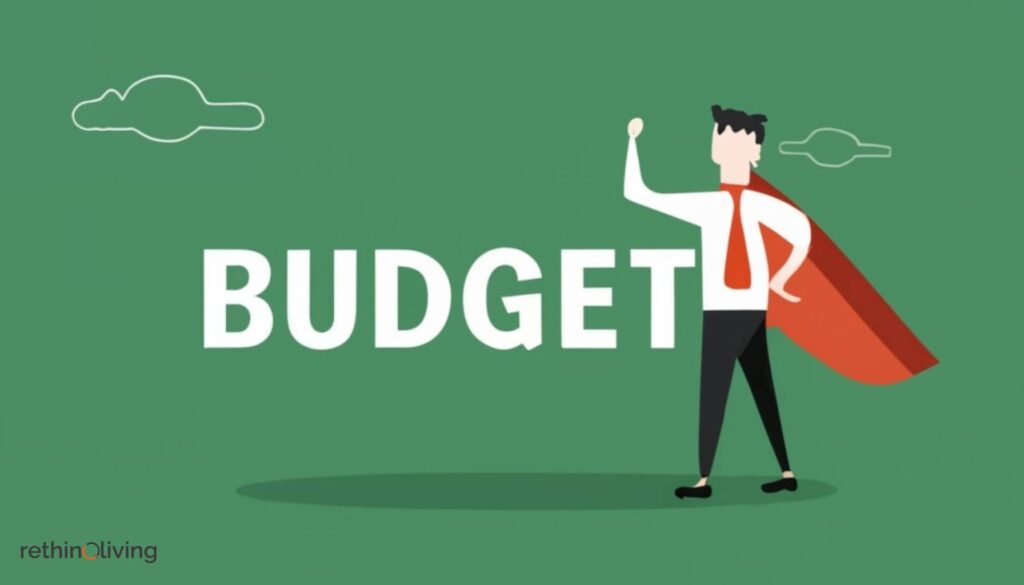
Create a realistic budget that allocates funds for essentials like bills, groceries, and savings, and stick to it diligently.
Example: John set a 70% of his monthly income going to spending, 20% to saving, and 10% to giving.
The three major steps for how to make a budget are:
- Determine your income.
- Determine fixed monthly bills – mortgage or rent, utilities, car payment, insurance, etc.
- Determine needs — food, gas, medical expenses, etc.
3. Cancel Unnecessary or Unused Subscriptions
In the age of digital subscription, Most people have monthly subscriptions for cable TV or streaming services, internet, cell phones, publications, weight loss programs, you name it. Once you set one up, you likely don’t think about it much, yet the money comes out of your account every month.
Now’s the time to take a close look. Ask yourself:
- How much do I use it?
- Do I really need it?
- Can I live without it?
When you cancel the subscription, go through your email and unsubscribe to newsletters or regular advertisements that come from that source.

Don’t pass on unsubscribing to something because they make it hard, or it seems like a small expense that’s not worth the trouble to get rid of. Think of cutting expenses as death to debt by a thousand cuts, not one big blow.
4. Reduce Electricity Use
Small changes in your energy consumption can lead to big savings.
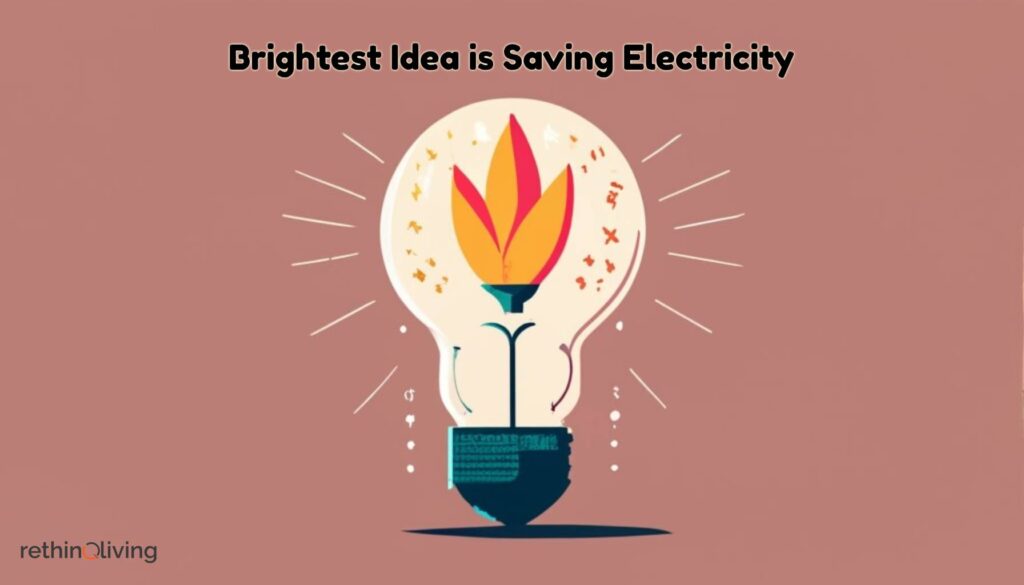
Turn off lights and appliances when not in use, switch to energy-efficient bulbs, and consider unplugging electronics. These habits not only cut costs but also contribute to a greener planet.
These are some organizations that contribute to the idea of sustainability:
Care2 :

- Care2 is a social networking website that was founded by Randy Paynter in 1998. The goal of the site is to connect activists from around the world with other individuals, organizations and responsible businesses making an impact.

- TreeHugger is a sustainability website that reports on news, and other subjects like eco-friendly design, homes, and gardens. It was rated the top sustainability blog of 2007 by Nielsen Netratings, and was included in Time Magazine’s 2009 blog index as one of the top twenty-five blogs.

- Greg Seaman, founder of Eartheasy, started with a career in environmental awareness. He later embraced a rural, off-grid life with his family on a Pacific Northwest island, practicing sustainable living. Needing income, they developed a business using recycled materials. The move off-island led to the creation of Eartheasy’s website in 2000, aiming to inspire a simpler, eco-friendly lifestyle.

- In 1999, a dedicated group of Renewable Energy professionals established Renewable Energy World®️, driven by their deep passion for sustainable energy. Their commitment to blending work with this enthusiasm resulted in the creation of what is now widely regarded as the foremost authority for Renewable Energy News and Information online.
Electricity costs account for about 12% of the average household budget.
Some things you can do to cut those expenses are immediate:
- Don’t leave the computer running,
- Don’t run the dishwasher without a full load,
- Hang out the laundry instead of running the dryer,
- Turn down the thermostat,
- Reduce the temperature on your water heater.
- Shop around to see if there are utility providers that offer lower rates, particularly for fuel.
5. Lower Your Housing Expenses
Housing is often the most significant expense. This is above the rule of thumb 30% recommended by financial experts. If possible, consider downsizing to a more affordable place. Negotiate your rent.

6. Use Cash Only
Cash is tangible, and it’s easy to keep track of. Allocate a specific amount of cash for your discretionary spending, like groceries and entertainment, and resist the urge to use cards.

This simple shift can prevent impulse purchases and keep your budget intact. When you use cash for your expenses, your mind registers the spending more consciously, making you more aware of the money going out.
Example: Mark withdrew $100 for his weekly expenses. When the cash ran out, he resisted additional spending until the next week.
7. Pay Off Your Outstanding Debts
High-interest debts can drain your finances . Focus on paying off credit cards and loans, starting with the ones with the highest interest rates. Once you eliminate these debts, you’ll have more money to allocate towards savings or enjoyable experiences.

Example: James used the snowball method, paying off his smallest debt first. With each debt cleared, he redirected the money towards the next one. In a year, he was debt-free.
Making cuts in your spending doesn’t mean sacrificing joy; it’s about prioritizing what truly matters. By implementing these practical tips, you’ll not only save money but also gain a sense of control and financial empowerment. So, here’s to a frugal and fulfilling journey towards financial well-being!
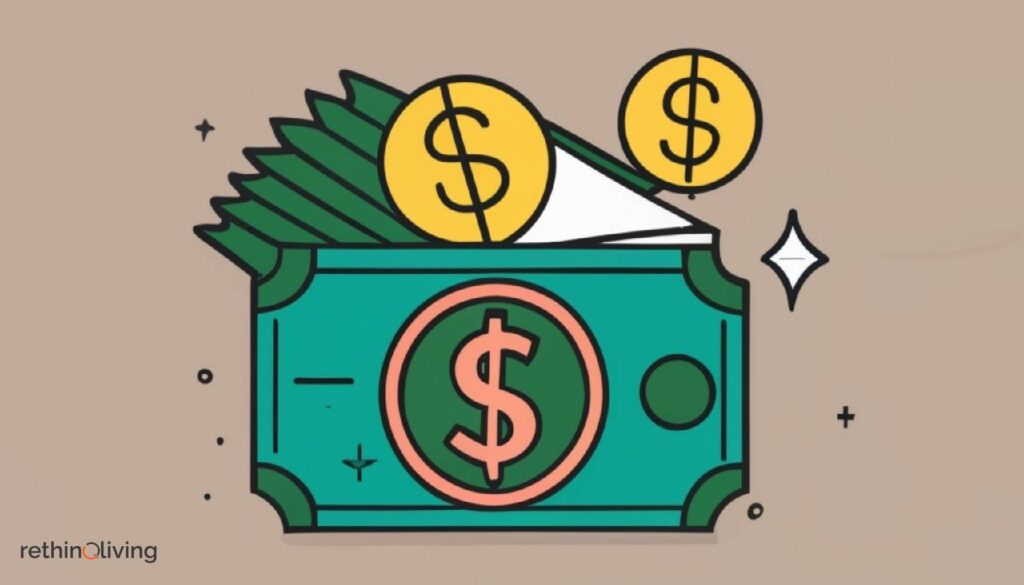
There are a variety of apps and other resources that can help, and there are a variety of online budget tools and templates.
Once you’re done, it may seem as though there’s very little money left over for anything.
But now comes the fun part – figuring out how to trim the fat.
Start Cutting Your Expenses Today
There’s no better time than now to reduce your expenses.
Taking it one step at a time will make it more manageable, and you may be surprised at how quickly you see results.
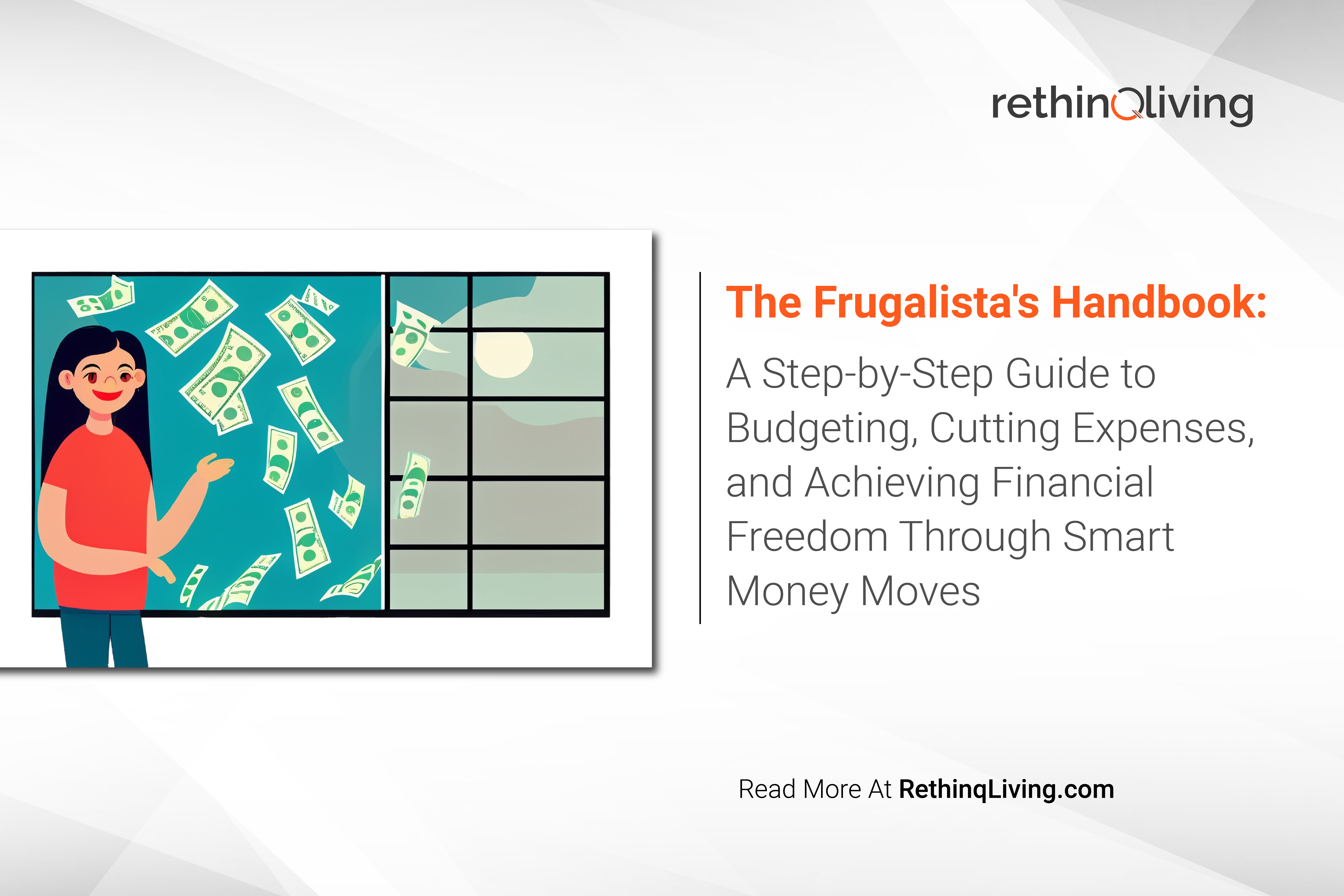




3 thoughts on “The Frugalista’s Handbook: A Step-by-Step Guide to Budgeting, Cutting Expenses, and Achieving Financial Freedom Through Smart Money Moves”